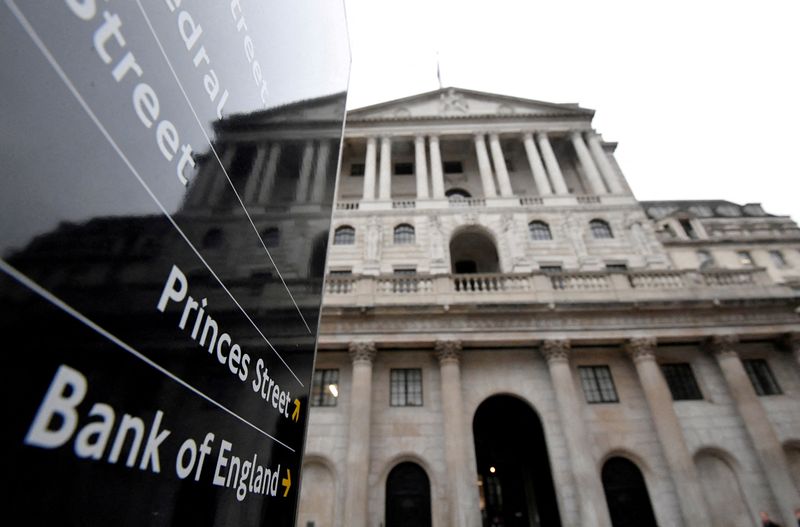Redwire and Red Cat partner on drone integration for U.S. Army missions
Investing.com -- Barclays (LON:BARC) has projected that the Bank of England’s Monetary Policy Committee (MPC) would persist with its quantitative tightening (QT) program at a pace of £100 billion per year starting from September 2025.
This forecast comes as the financial community anticipates the MPC’s annual decision on the pace of QT, which is due in September.
In a note on Friday, Barclays said the criteria for halting QT, as outlined by the MPC, have not been met.
The level of government bond holdings by the Asset Purchase Facility (APF) remains significantly above the Bank of England’s desired steady-state bond holdings, even though the preferred minimum range of reserves (PMRR) has ostensibly been reached.
Additionally, Barclays notes that value-for-money is a secondary consideration, with alternative solutions available that do not compromise the MPC’s independence.
The MPC has consistently adhered to three principles guiding its decisions around QT: sales should not disrupt market functioning, the Bank Rate should remain the active tool of monetary policy, and QT should be predictable and gradual.
Current market expectations, as measured by the MaPS, suggest that the MPC will reduce its gilt portfolio by £75 billion between September 2025 and September 2026, with Barclays anticipating a continuation of active sales next year.
Barclays also observes that the Bank of England is approaching a steady-state level of reserve balances, indicating that the steady-state holdings of gilts are likely to be smaller than the current level.
With approximately £620 billion of gilts in the APF, Barclays argues that there is still a significant amount to unwind before reaching the desired level of bond holdings.
Value-for-money considerations and fiscal implications are deemed subordinate in the decision-making process.
Barclays suggests that a quicker unwind through active sales could reduce interest costs, which are forecasted by the Office for Budget Responsibility (OBR) to be between £3 billion and £17 billion per year over the current parliament. This would save the Chancellor fiscal headroom, as opposed to halting active sales, which would reduce it.
Finally, Barclays anticipates that the autumn may bring operational adjustments to the APF’s QT program, potentially involving changes in the maturity distribution of sales or the APF’s cash-flow treatment.
These changes could offer better value-for-money benefits, according to Barclays, and may also enhance the independence of the Bank of England’s balance sheet.
The BoE and the Chancellor are expected to coordinate decisions on the APF’s path and the wider steady-state balance sheet setup in the face of upcoming fiscal events.
